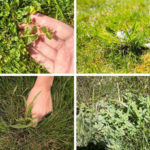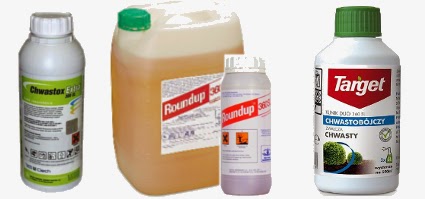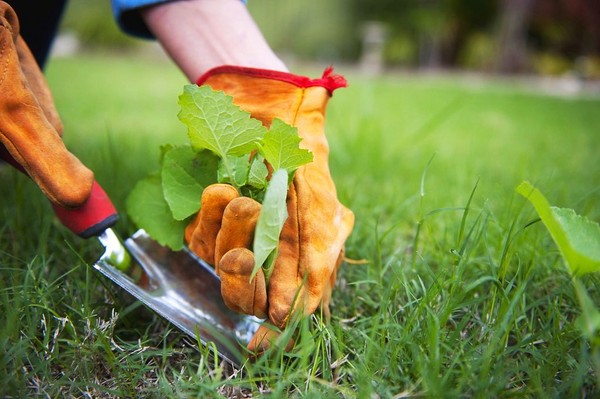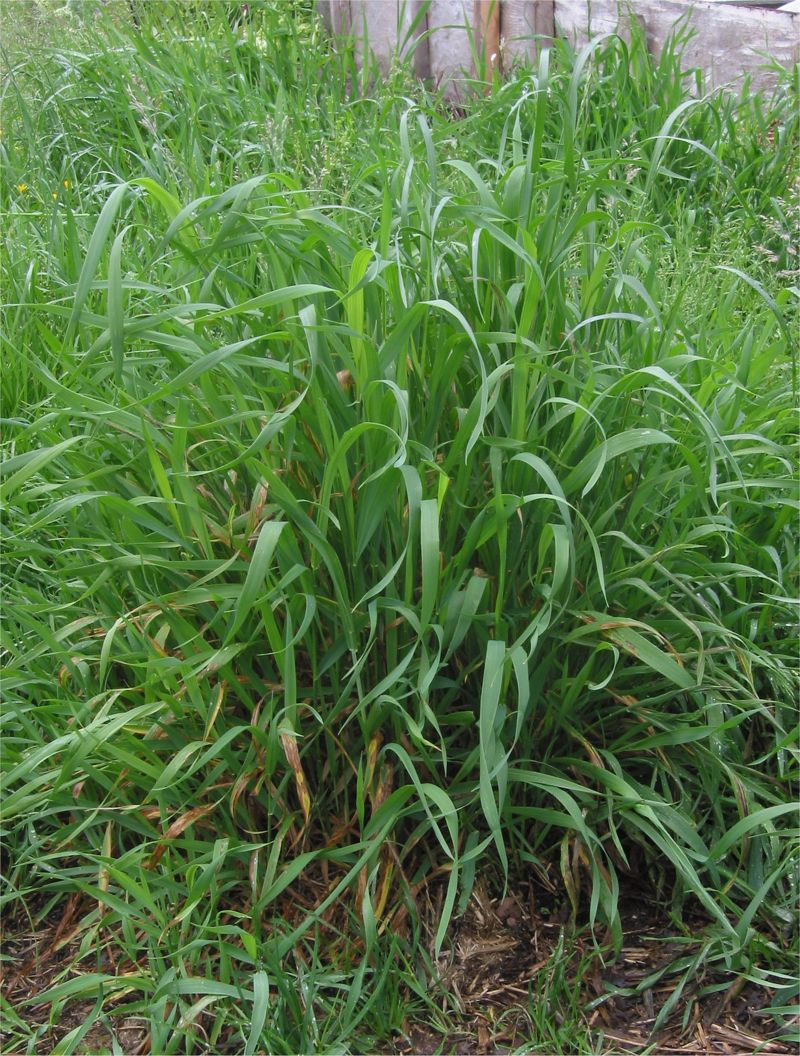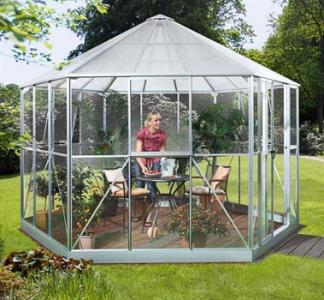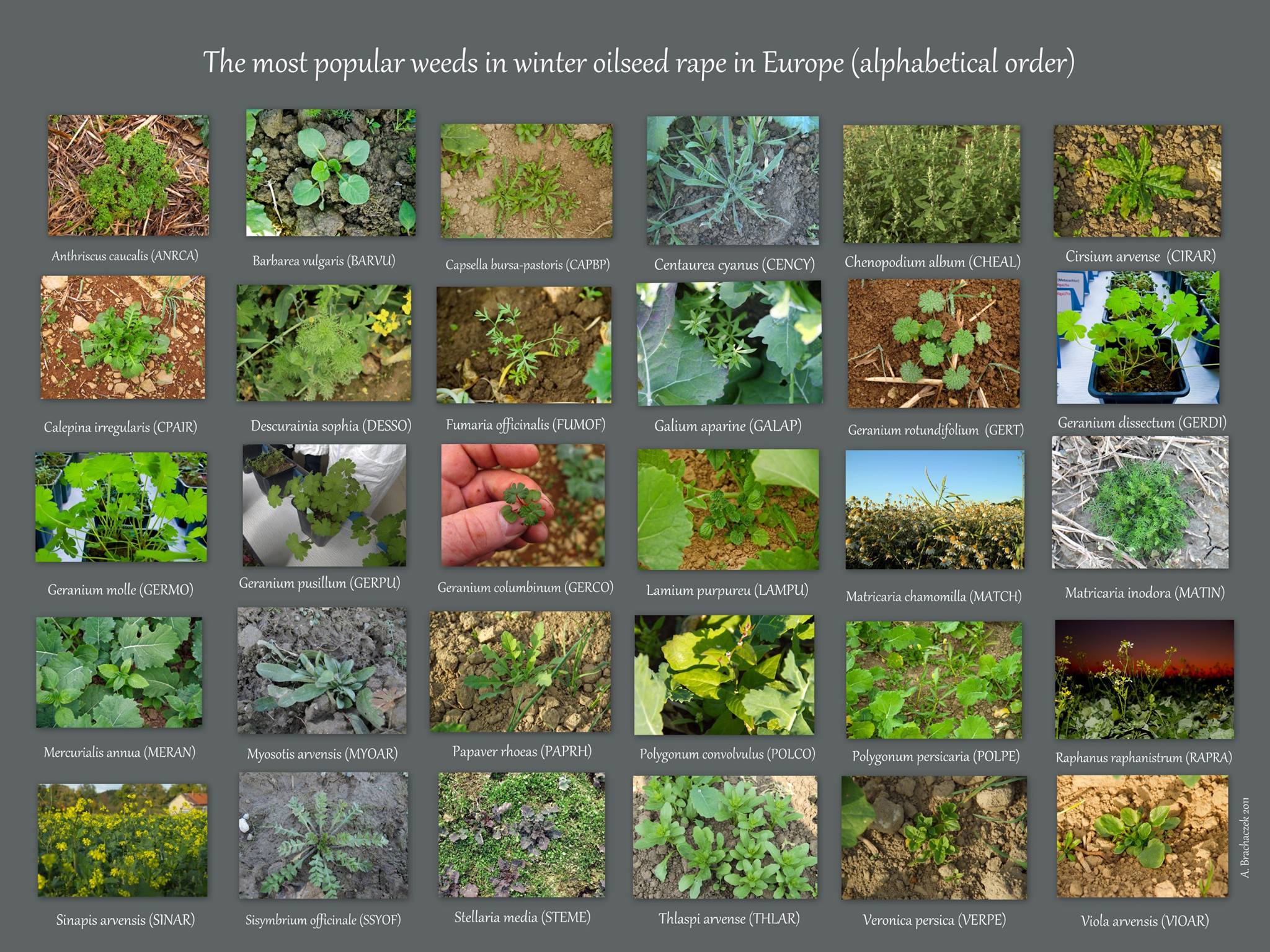 Rozpoznawanie typowych chwastów
Rozpoznawanie typowych chwastów
Chwast to roślina, która rośnie w nieodpowiednim miejscu. Chwastem może być zatem każda roślina. Przykładowo, uroczy kobiercowy szczawik, który tak wspaniale prezentuje się w zacienionych miejscach pod drzewami, staje się chwastem, kiedy pojawia się w warzywnikach, rabatach z kwiatami czy w cieplarni. Niektóre trawy świetnie nadają się na trawnik, ale już nie na sąsiednią rabatę z kwiatami. Pięknie kwitnące rośliny zamieniają się w chwasty, kiedy same rozsiewają się po całym ogrodzie lub rozrastają tak gwałtownie, że w krótkim czasie uniemożliwiają rozwój sąsiednich roślin. Istnieje wiele sytuacji, w których chwastem okazuje się duże drzewo, pnącze czy żywopłot (zwłaszcza jeśli należy do sąsiada!).
Oczywiście nie każdy chwast stanowi w ogrodzie problem. Jeśli zależy nam, aby nasz ogród stał się domem dla wielu przedstawicieli świata przyrody, niektóre chwasty mogą nam w tym pomóc. Musimy jednak sprawować pieczę nad ich rozwojem, ponieważ mogą być źródłem różnych chorób lub bazą dla szkodników atakujących rośliny uprawiane w ogrodzie. Chwasty konkurują także z innymi roślinami o przestrzeń, światło, wodę i składniki pokarmowe. Żeby skutecznie kontrolować chwasty, warto poznać najczęściej spotykanych przedstawicieli. Wiedza na temat właściwości i stanowisk typowych chwastów pomoże nam w bardziej efektywnej walce z nimi.
Prawa natury
W przyrodzie wolne powierzchnie gleby szybko się zapełniają. Nawet na hałdzie gruzu pojawią się naniesione najczęściej przez wiatr nasiona, z których wykiełkują chwasty i w kilka lat porosną usypisko. Najpierw mogą to być pokrzywy, później chwasty cierniste, a na końcu siewki takich drzew, jak bez czarny czy jawor. Tb samo stanie się z trawnikiem. Jeśli przestaniemy go kosić, z czasem przeobrazi się najpierw w krzaczasty busz, a później w las. Stare zaniedbane ogrody są zatem w równej mierze zbiorowiskiem roślin uprawnych, co chwastów. Typ gleby, nasłonecznienie i wilgotność mają zasadniczy wpływ na to, które nasiona wykiełkują. Jeśli gleba jest uboga w składniki odżywcze i kwaśna, rozwiną się na niej jedne gatunki chwastów, jeśli zaś podłoże jest żyzne i zasadowe, pojawią się inne. To cenny wskaźnik rodzaju gleby. Gęste skupiska pokrzywy to znak, że ziemia jest żyzna i wilgotna. Na glebie świeżo przekopanej pojawią się mak polny (Papaver rhoeas) i psianka czarna (Solarium nigrum), nawet jeśli ich nasiona od dawna zalegały pod ziemią. Z kolei wcześniejsze pastwisko dla koni z pewnością porośnie szczaw. Na żyznej glebie, np. w ogródku warzywnym, wy-rosną prawdopodobnie gwiazdnica pospolita (Stellaria media), rogownica (Cerastium), starzec zwyczajny (Senecio vulgaris) i komosa (Chenopodium).
